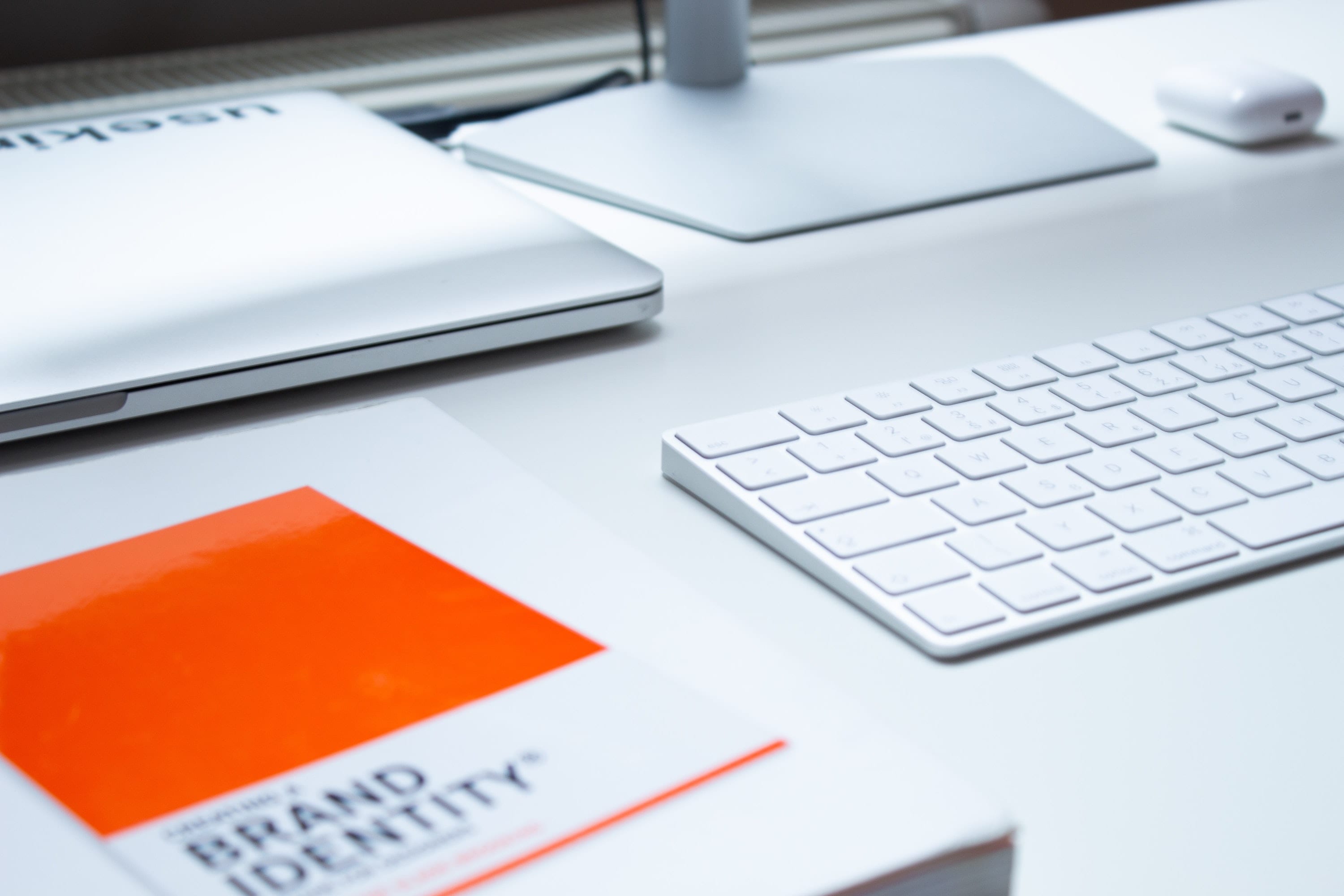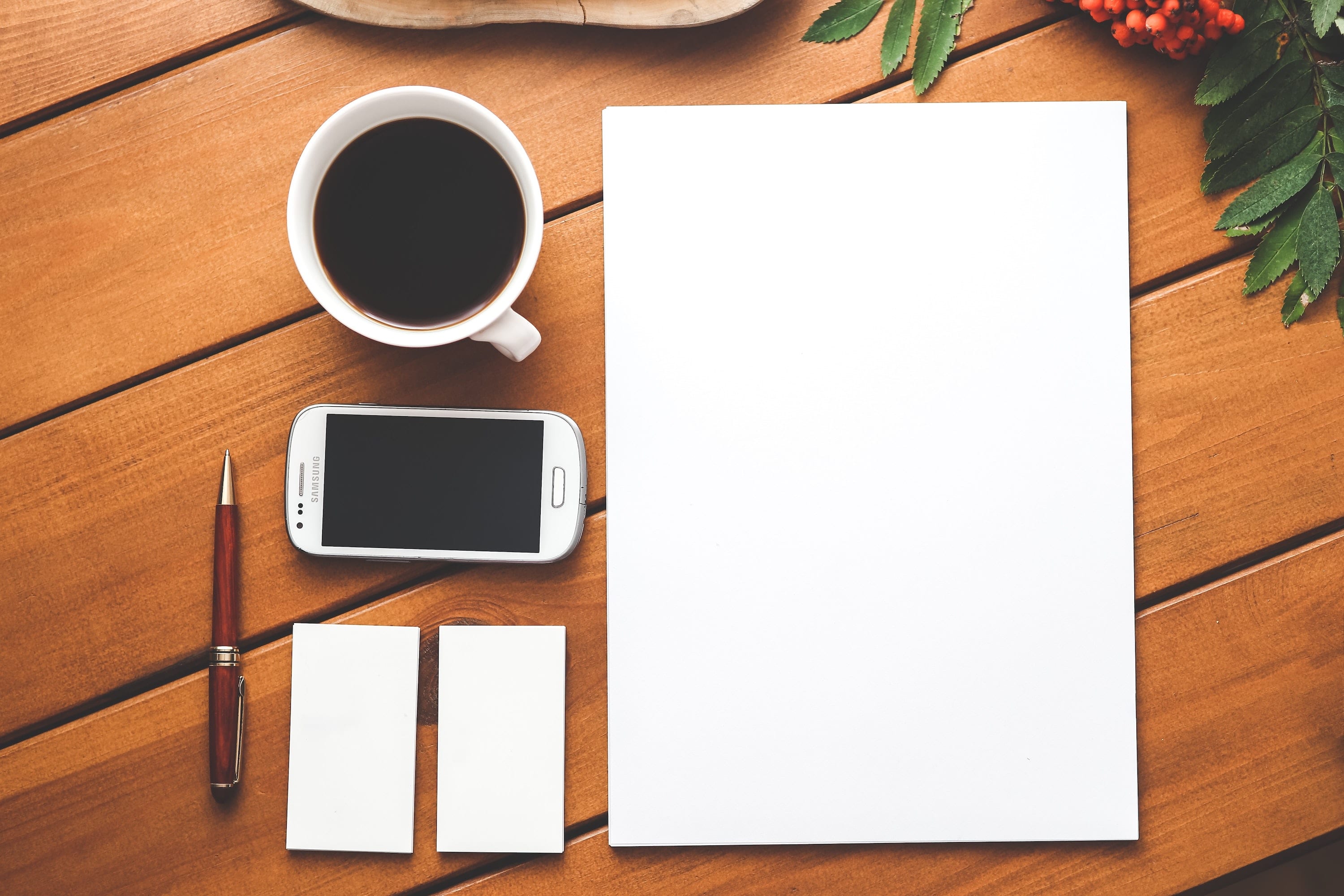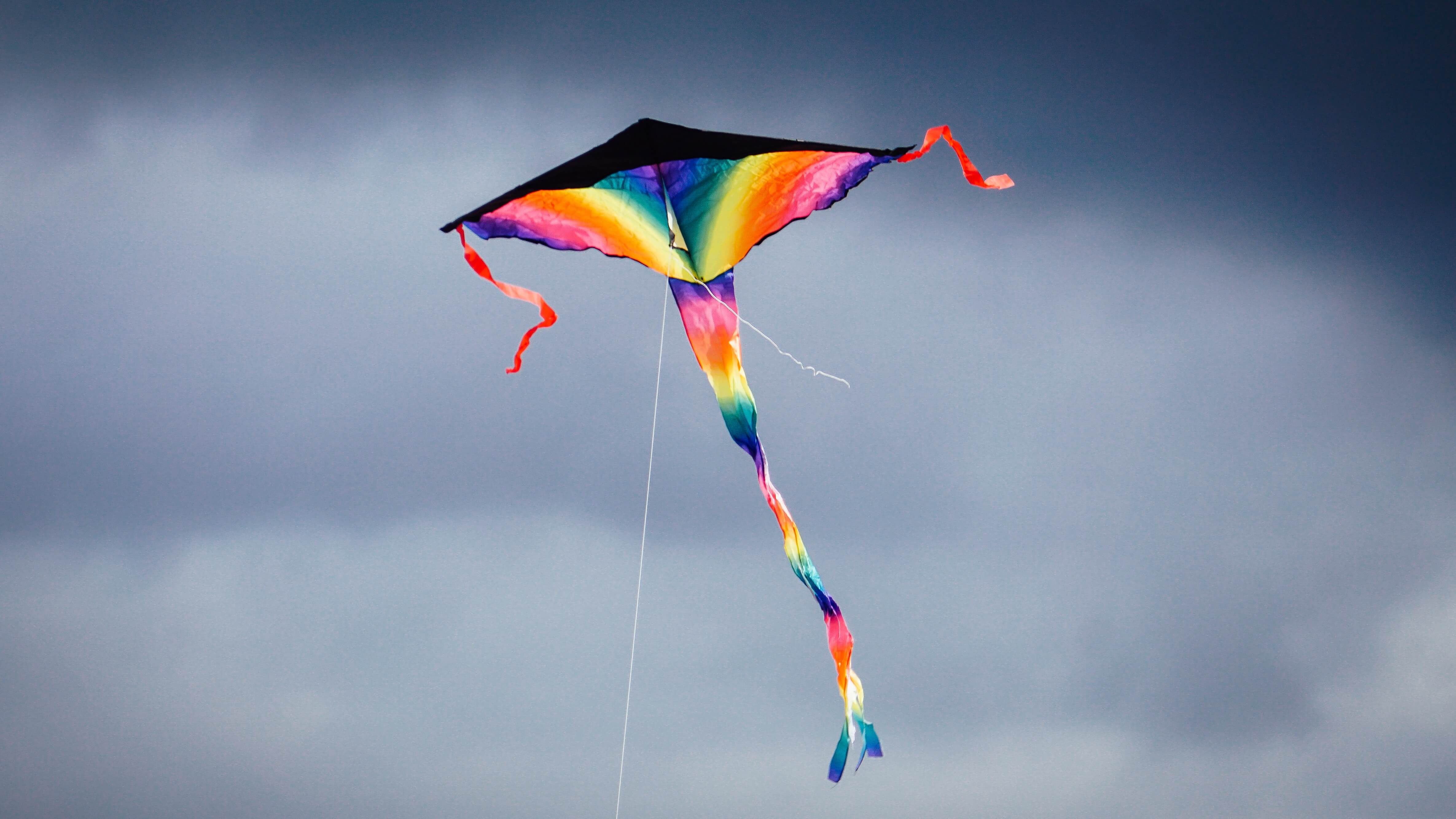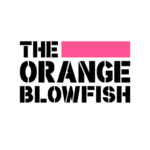Your brand is everything.
It is the first interaction, the last, and everything in between. Ideally, your brand is the very core of your company brought to life. Good or bad, it is how your customers, competitors, and the rest of the planet remember your business from now until the end of time. No pressure. Well, designing a unique, relatable, true-to-you brand is more than just a logo and fonts. Crafting an unforgettable brand experience is key to a brand’s success. Fret not, we’re going to spill some secrets on how to brainstorm a creative branding design. Let’s get to it!
When you’re brainstorming a creative branding design, here are some tips to make sure you are on the right track:
Tip #1: Brand Research 
If you want to end up with a brand that feels authentic, you have to understand the client. Here are some initial questions to jumpstart the conversation:
- What’s your brand story?
- What’s your mission and vision?
- What are your goals?
Although sometimes those realities can be difficult to vocalize, it is extremely important to be clear on brand values. Some other exercises to engage in a productive conversation surrounding your brand (or that of a clients).
Build an adjective collection to describe the brand.
Is your brand fun, playful, and curious? Or edgy, tongue-in-cheek, and sarcastic? Start with throwing ideas at the wall. Once you’ve gotten about 30 ideas, it’s time to narrow it down. Get to the top five. Those are the words you should keep in mind when you talk about your brand.
Describe how people should view the brand.
There are no wrong answers. Whether the brand is an “approachable expert” or “trend-setting gossip”, the most important part is that it feels authentic and aligns with the brand’s core values and goals.
Determine how the brand makes people feel.
When people see your logo, how do you want them to feel? Do you want them to be excited and energized? Or do you want them to have a sense of calm relaxation? The emotions you want to elicit in your customers and audience will tell you a lot about your brand mission and goals.
The brand interview requires the client to vocalize core values of the brand. This is your time to mine for discoverable insights and gather as much information as possible.
What do you do with all of that information once you’ve gathered it?
It’s what I call the art of thinking without thinking. Letting it percolate.
Now that you’ve got the basics, it’s time to disconnect.
Tip# 2: Render Time

“Many designers would jump to viewing references at this stage, but in my eight years of running a creative branding agency in Shanghai, I’ve found disconnecting to be where the magic happens. Instead of jumping to view content and filling my head with already executed ideas, I take the time to think creatively without technology. During this time, I ruminate about the client’s goals and business. Our minds are brilliant at solving many problems at a time. Instead of sitting in front of a screen and staring at different design options, I approach the problem internally first. Whether I’m out for a run, or just sitting on a park bench, I give myself time to absorb all of the information I’ve collected about the brand’s DNA. In those “non-working” processing times is where my most creative ideas arise.” TOBF, Creative Director Siu Tang
After you’ve given yourself some time and space away from the brand, it’s time to start making connections. Draw a mind map of everything you’ve learned and how you view the brand.
The process for brainstorming a creative branding design is similar to any other brainstorming process – it’s all about opening yourself up to possibility.
Don’t hold back.
Vocalize all of your ideas. Judgement interferes with the process. Censorship is not your friend. Download every idea and get it out into the world. Each idea you throw out there is a seed that if planted has potential. Leave fear behind!
Record everything.
If it is easy for you to write down your ideas, have a pen or notebook handy. If your brainstorm sessions are in rapid spitfire mode, you might also want to simply record it. Voice recorder applications on smart phones are free and readily available. Keep it simple. Name the file “Project Name: Brainstorming” and start jammin’. All of these ideas might lead somewhere. It’s too early to know.
Know your limits.
For a brainstorm session to be effective, you need to be fresh and focused. Whether that is first thing in the morning or at 3:00 AM, it doesn’t matter. The point is that you are at your best. Timing and environment are important. Learn what type of environment and time of day facilitates your creativity. Block that time out for regular brainstorming!
Let your ideas percolate.
After all of this intense brainstorming, your mind needs a break. Walk away. Go about your normal business. Get back to work on another project. Create something. Take a day to disconnect and come back with fresh eyes. You’ll be surprised at your refreshed perspective.
Tip #3 Make it Relevant

Now that you’ve given yourself plenty of time to render your ideas, now you can start doing desktop research.
“After I’ve let the information bounce around in my mind for some time, I start looking at reference images. Let’s say that I’m looking at a glamping company. Other glamping companies are the last thing to research. Why? Because if your references are derivative, your work will be. Start with the origins. Glamping is about connecting to nature with some home comforts woven in. My search would start at examining elements of nature. What are the sights, smells, sounds, and sensory details that the experience of glamping offers?” – Siu Tang
Once you have a solid foundation of inspiration, you can check your work against design industry norms. Certain colors and textures may rule in different industries, blue in tech for example. However, that doesn’t mean you need to stick with those examples. Before Starbucks used green, brown and blacks were the norm. Now, can you think of anything else if someone mentions green and coffee?
Thinking about how to design a kick as brand is not only about how great it looks. You must think about how the design will be used. Where will it be seen? How is the brand going to be experienced? Where will it be? How long will it last?
We’re always thinking about how to get brands to succeed and think about multiple long-lasting usages, as well as the entire customer journey and experience.
There is no point in imagination without execution. It is easy to imagine an amazingly creative design, but if it cannot be realized – what’s the point? If your design isn’t executable, whether it is because it is cost-prohibitive, space-prohibitive, environmentally harmful, or a lack of manpower or material resources, it is a failed design.
It is vital to examine how everyone will interact with your brand.
Branded napkins are such a waste. There is a production cost, plus a tax on the environment, and at the end of the day people are wiping their noses with your logo.
An Ongoing Process

Brainstorming a creative brand design is one step in the journey. Testing your ideas to make sure they stand on their own out in the world is another entirely. Think of yourself as a scientist. You come up with a hypothesis and test your idea, under many different conditions. If the results need work, you can revise or go back to the drawing board and test another idea. When you have your eureka moment, it will all be worth it. Creative branding design is a mix of science, art, and persistence. Enjoy the process of making something great!
Let Your Designs Loose 
Once you’ve got that stunning design that works within real world constraints, it’s time to let it fly! With these creative brainstorming tips, you’re well on your way to designing a creative brand that will knock the client’s socks off. Happy brainstorming!
Want more awesome content? Head to our WeChat account (The_orangeblowfish) or hang with The Orangeblowfish on Twitter. Stay tuned for TOBF news and more posts about creative industry topics such as brand storytelling or photo styling!

